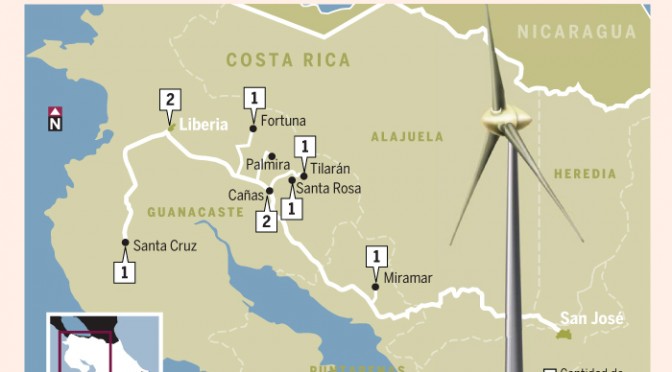Costa Rica, a small Central American nation, has long been a world leader in the search for renewable energy. With its abundant natural resources, the country has been able to generate a significant portion of its electricity from renewable sources such as hydroelectric, wind, solar, and geothermal power. In recent years, Costa Rica has set ambitious goals to become carbon neutral and achieve 100% renewable energy generation. While the country has made significant progress, there are still challenges and opportunities ahead on its path towards a fully sustainable energy future.
One of the main drivers of Costa Rica’s push for renewable energy is its commitment to environmental sustainability. The country is home to rich biodiversity, with nearly 6% of the world’s species found within its borders. As a result, Costa Rica has long been a pioneer in environmental conservation and sustainable development. By transitioning to renewable energy sources, the country aims to reduce its greenhouse gas emissions and protect its unique ecosystems from the impacts of climate change.
Costa Rica’s renewable energy journey began in the 1970s when the government began investing in hydroelectric power. Today, hydroelectric power represents more than 70% of the country’s electricity generation. The abundant rainfall and the many rivers in the country make it an ideal place to take advantage of hydroelectric power. However, relying heavily on hydropower also presents challenges. Climate change has led to unpredictable rainfall patterns, which can result in fluctuations in electricity generation. To mitigate this risk, Costa Rica has been diversifying its energy matrix by investing in other renewable sources such as wind, solar, and geothermal energy.
Wind power has been a particularly successful venture for Costa Rica. The country’s mountainous terrain and constant trade winds provide ideal conditions for wind power generation. In recent years, wind power capacity has grown rapidly, with several large-scale wind farms in operation. Solar power has also seen growth, albeit at a slower rate. The country’s abundant sunlight makes it ideal for solar power generation, but high start-up costs and a lack of government incentives have slowed its adoption.
Geothermal energy is another promising avenue for Costa Rica. The country is located along the Pacific Ring of Fire, which provides extensive geothermal resources. Several geothermal power plants are already in operation and there is potential for further expansion. However, tapping into these resources can be challenging due to the high costs and environmental concerns associated with drilling in protected areas.
Despite its progress in renewable energy generation, Costa Rica still faces challenges in achieving its 100% renewable energy goal. A major obstacle is the transport sector, which remains highly dependent on fossil fuels. The country has been promoting electric vehicles and public transportation, but adoption has been slow. Additionally, Costa Rica’s power grid needs to be modernized to accommodate the growing share of renewable energy and ensure reliability.
There are also opportunities for Costa Rica to collaborate with other countries in the region to share best practices and resources. For example, the country could potentially export its excess renewable energy to neighboring countries, helping to reduce its dependence on fossil fuels and further promoting regional sustainability.
In conclusion, Costa Rica’s path to 100% renewable energy is a challenging but achievable goal. The country has made significant progress in the use of its abundant natural resources and the diversification of its energy matrix. However, there are still obstacles to overcome, particularly in the transport sector and the modernization of the network. By continuing to invest in renewable energy technologies and fostering regional collaboration, Costa Rica can serve as a model for other nations seeking to transition to a sustainable energy future.

